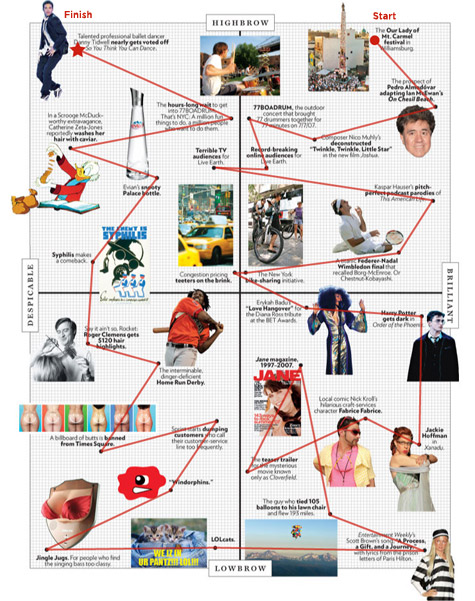![]()
David Bordwell invited Tim Smith to his blog to discuss how people watch movies. This is not an anthropological study, but one of empirical psychology. They used an eye tracking device as people watched There Will Be Blood.
In a previous post (which I suggest you read first), Bordwell discussed how director Paul Thomas Anderson is able to influence eye movement in a long shot using only staging. In one scene from TWBB, Bordwell discusses how Anderson focuses attention away from a map.
Many directors would have cut in to a close-up of the map, showing us the details of the layout, but that isn’t important for what Anderson is interested in. The actual geography of Plainview’s territorial imperative isn’t explored much in the movie, which is more centrally about physical effort and commercial stratagems.
This is backed up nicely by the eye tracking data provided by Smith.
The map receives a few brief fixations at the beginning of the scene but the viewers quickly realise that it is devoid of information and spend the remainder of the scene looking at faces. The only time the map is fixated is when one of the characters gestures towards it.
There’s a lot more of this and it’s terribly fascinating. I also learned a lot about how our eyes work. I had assumed some of these concepts based on my extremely limited knowledge of the brain, but it’s useful to hear them explained.
The most striking feature of the gaze behaviour when it is animated in this way is the very fast pace at which we shift our eyes around the screen. On average, each fixation is about 300 milliseconds in duration. (A millisecond is a thousandth of a second.) Amazingly, that means that each fixation of the fovea lasts only about 1/3 of a second. These fixations are separated by even briefer saccadic eye movements, taking between 15 and 30 milliseconds!
Looking at these patterns, our gaze may appear unusually busy and erratic, but we’re moving our eyes like this every moment of our waking lives. We are not aware of the frenetic pace of our attention because we are effectively blind every time we saccade between locations. This process is known as saccadic suppression. Our visual system automatically stitches together the information encoded during each fixation to effortlessly create the perception of a constant, stable scene.
It’s pretty amazing that we intentionally go blind to avoid overloading our brains with information. Finally, I found the way in which the experiment was run to be interesting.
We presented the film on a 21 inch CRT monitor at a distance of 90cm and a resolution of 720×328, 25fps. Eye movements were recorded using an Eyelink 1000 eyetracker and a chinrest to keep the viewer’s head still.
I wonder if the results would have been significantly different, even if it’s likely to be technically impossible, had the subjects been in a crowded movie theater, at home with their family, or on a first date. I’d also love to see this data split out by demographics or geographics. I’m sure I and a teenage girl in Germany watched There Will Be Blood in much different ways.

 In April 1988, I went to my first, honest-to-goodness rock show. Yes, I'd seen some other live music, but never anything like this. For my birthday, my Uncle Steve took me to see Michael Jackson perform on his
In April 1988, I went to my first, honest-to-goodness rock show. Yes, I'd seen some other live music, but never anything like this. For my birthday, my Uncle Steve took me to see Michael Jackson perform on his 
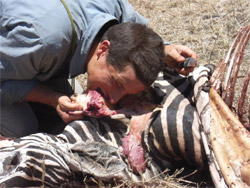 I'm a big fan of
I'm a big fan of 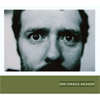 Glen Hansard & Markéta Irglová - The Swell Season
Glen Hansard & Markéta Irglová - The Swell Season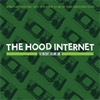 The Hood Internet - Mixtape Vol. 1
The Hood Internet - Mixtape Vol. 1 Throw Me the Statue - Moonbeams
Throw Me the Statue - Moonbeams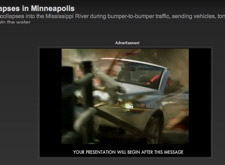
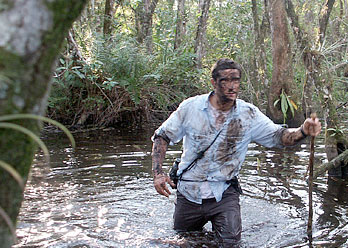 Earlier this week, it came out that the star of
Earlier this week, it came out that the star of 